The Allure of Wood
Wood is my preferred material for self-expression. This inexpensive and easy to find material is suitable for both teaching and learning. But there is another subtler reason for my preference; it is one of closeness to nature, closeness to the land on which I was born.
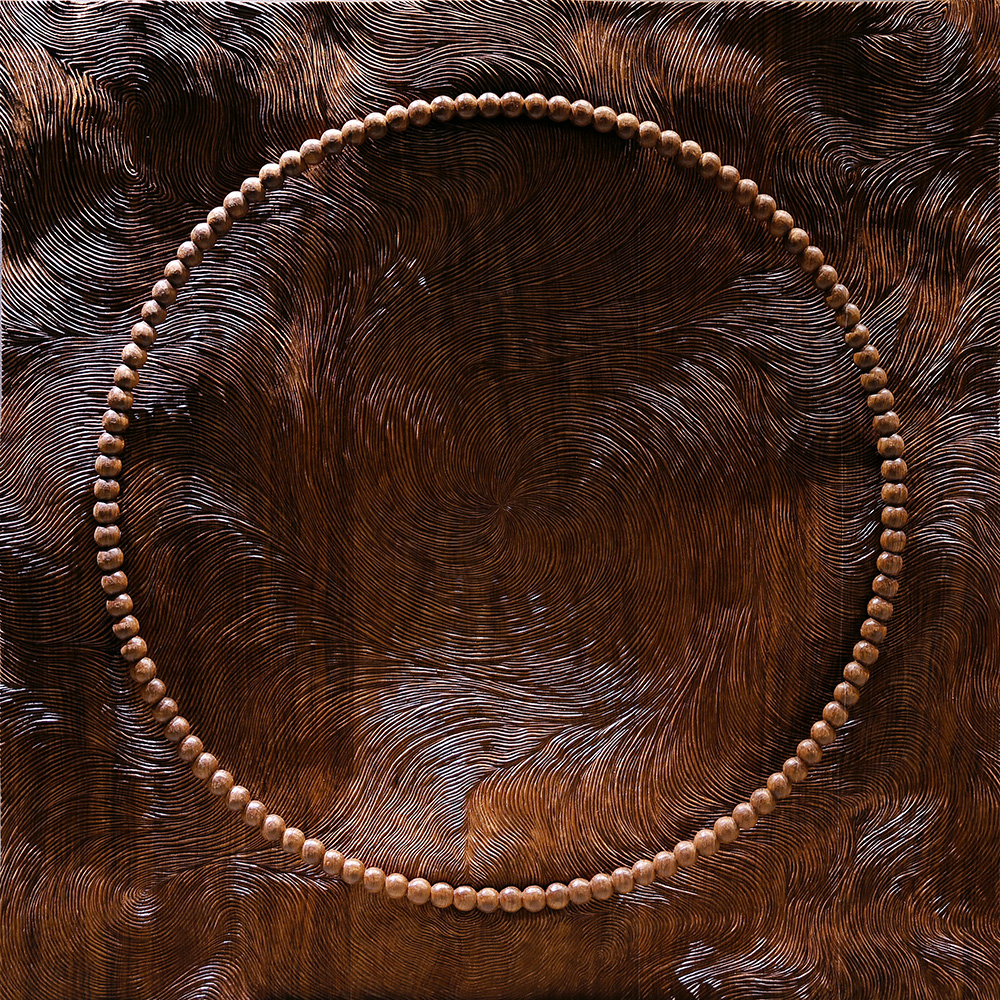
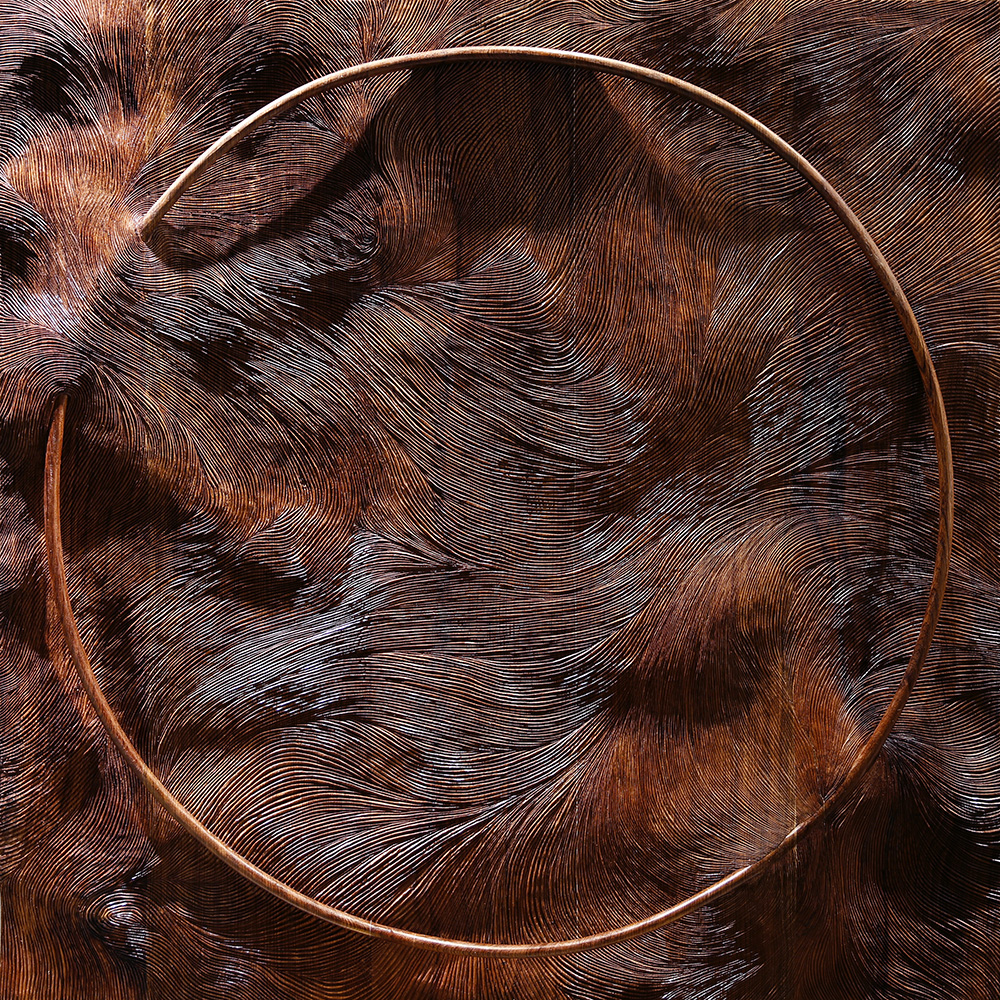
The Five Elements of traditional Chinese culture provide all the answers for generations to come. For all the differences in the world, it is still easy to comprehend that everything is related, interconnected and intrinsically organized. The Five Elements theory founded by the ancient Chinese offers an interpretation of this understanding of how things work. The Five Elements are gold, wood, water, fire and soil. These are the fundamental elements of everything on Earth.
The Five Elements correspond to five colours, four seasons and four directions. Wood represents the East, Spring and the colour green, which is the beginning, the awakening and the upward movement of the rising sun. Fire represents the South and Summer, with its rich, hot red colours of the midday sunshine. Gold is the West. It is Autumn, with its predominance of cool white and Western sunsets. Water is the North. It is the cold, black and long winter nights. Soil reflects the central alignment and the comfort of mid-summer. It is modest, vibrant, and self-cultivating.
It is not surprising that the ancient Chinese mostly used wood for general construction and for their idols. This is explained by the Five Elements theory. Wood embodies growth and luck; it stems from the soil upwards, a beautiful analogy for striving. It also easily decays, reflecting the Chinese people’s view of the fleeting nature of life – the coming together and parting ways.
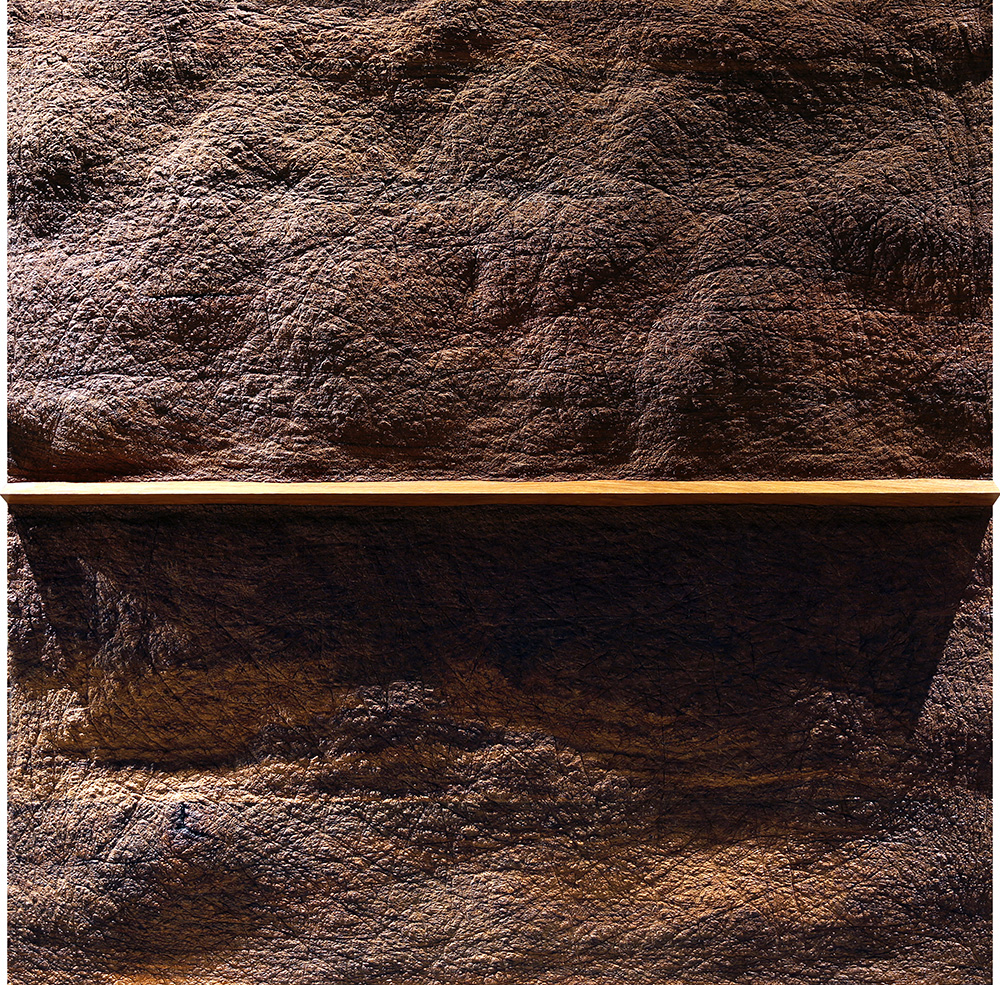
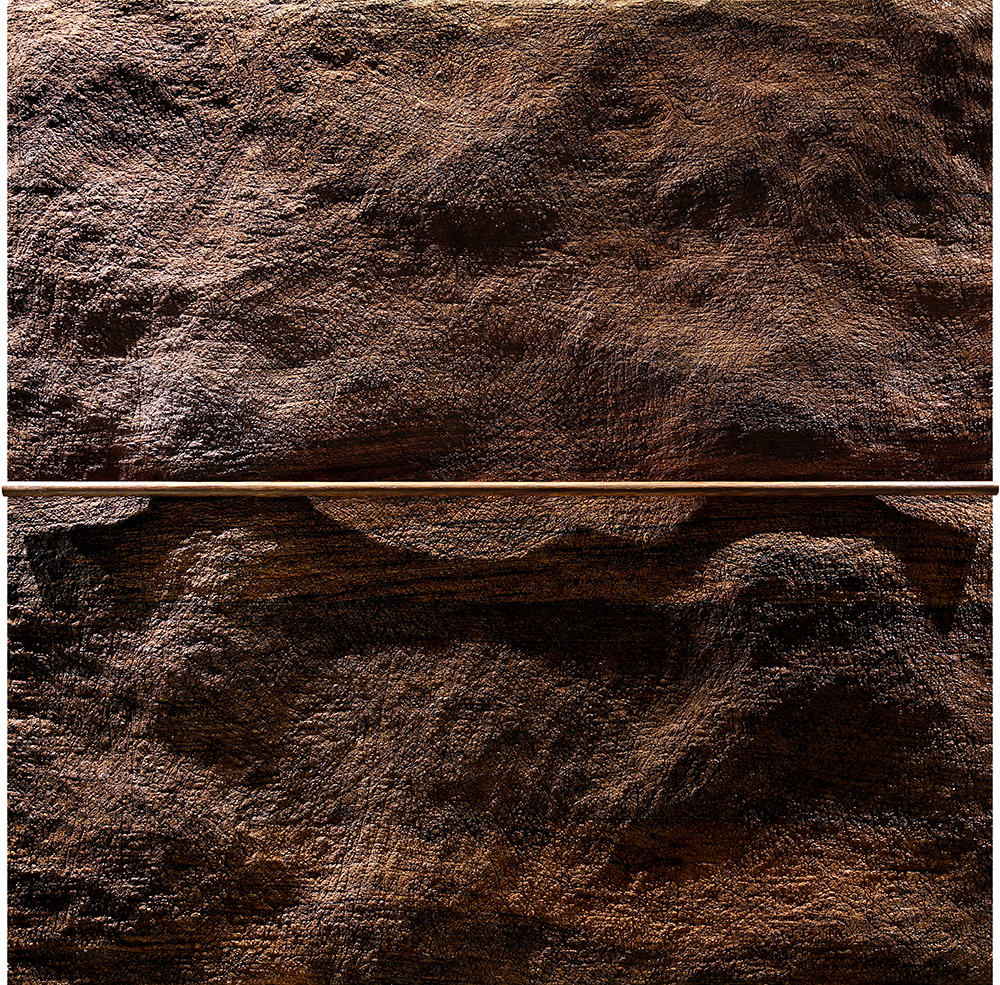
Western architecture is predominantly stone, and most of the idols worshipped in the West are made of stone and metal. This is not coincidental; stone is represented by gold in the Five Elements system. It is an eternal material that encompasses the spiritual and religious views of Westerners.
Whether you live in the East or the West, wood has always been considered to be a non-mainstream material for artistic creations. For millennia in China, it was used as the prime material in architecture. Across the world’s many civilizations, idols were carved out of wood. For artists, however, it is the characteristics of wood that make it particularly appealing when it comes to creative works. Just like with any other material, there are advantages and disadvantages. For example, wood is easily cracked, which may deter some. For some, metal might be seen as a better option, but rust presents a challenge. There are two sides to everything, no matter the choice of material. The creative challenge becomes how you, as an artist, capitalize on its strengths while downplaying its shortcomings. Or perhaps, how you involve the drawbacks in the second round of creation. Let the humidity expand your creation and the dry air crack it open. In construction and furniture building, we have been preoccupied with fixing the flow, cracks and imperfections of wood for millennia. This constant mitigation of ‘damage’ has limited our creative options. In my works, I respect the perceived flow of wood, which opens me to a new creative dimension.

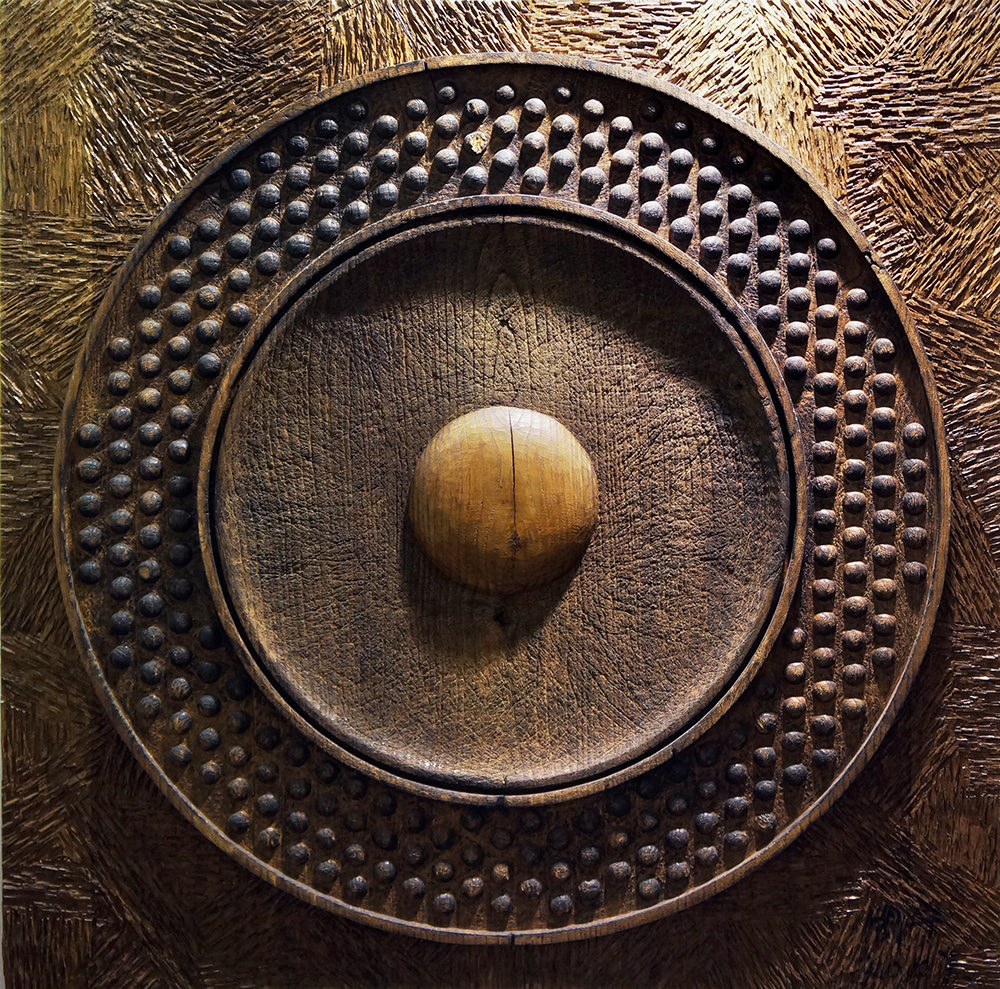
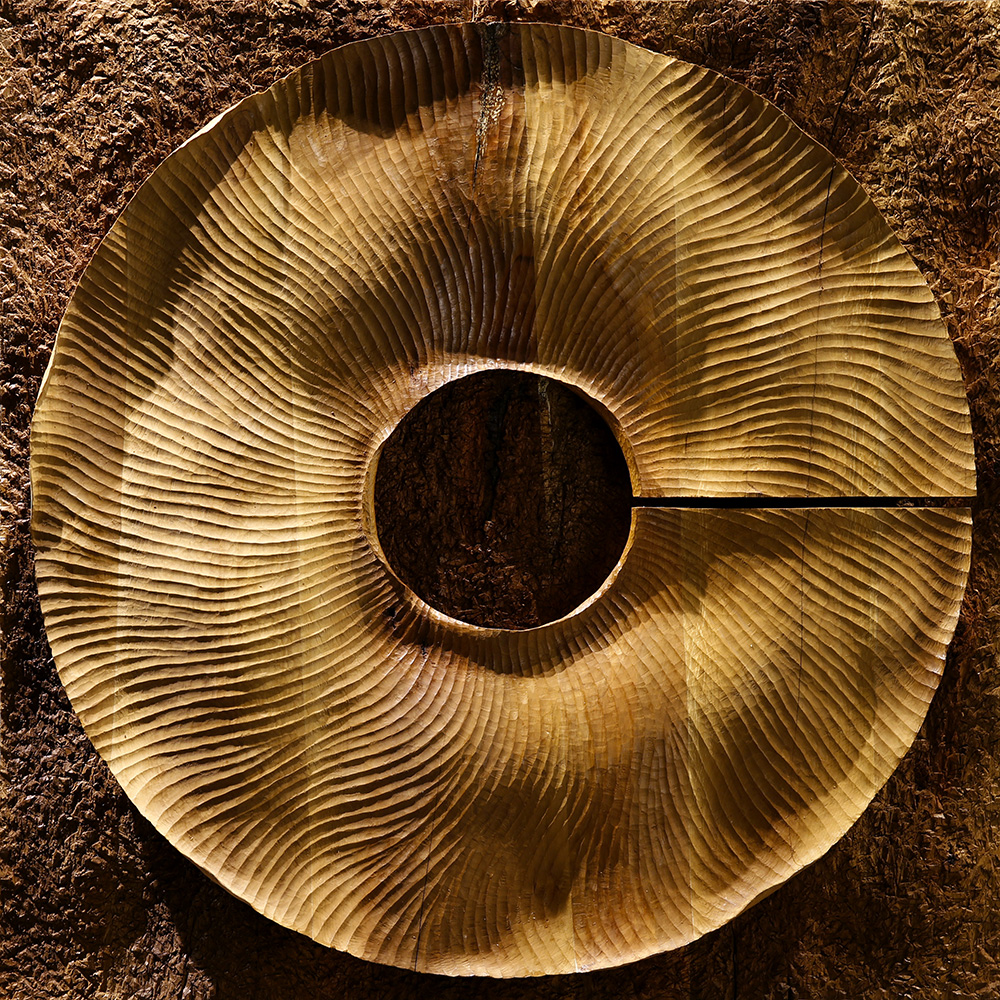
The two-sidedness is prevalent across all the creative mediums and can only be addressed by embracing it, just as one embraces the cycle of life: being born, growing old, getting sick and dying. The truth is, most materials and creations outlive their creator.
In the end, what the work of art reveals to the viewer is its inherent charm, not the shortcomings of the materials used. The appearance of the piece is always influenced by the heart. It is about taking the viewer on a journey into the artist’s world, the moment of a shared experience of closeness and the enrichment of one’s life as a result of it.
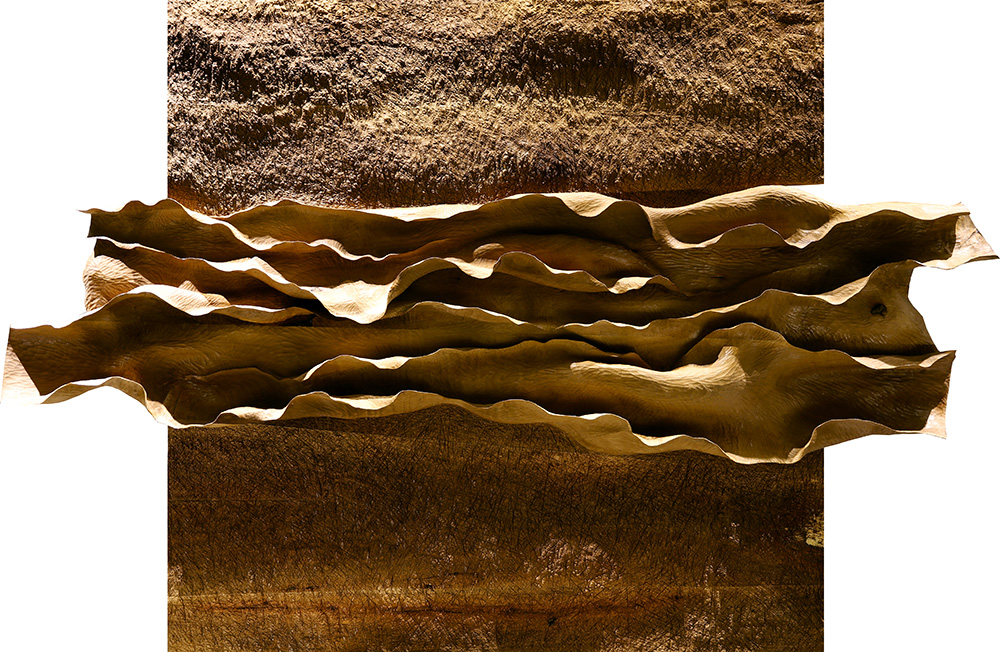
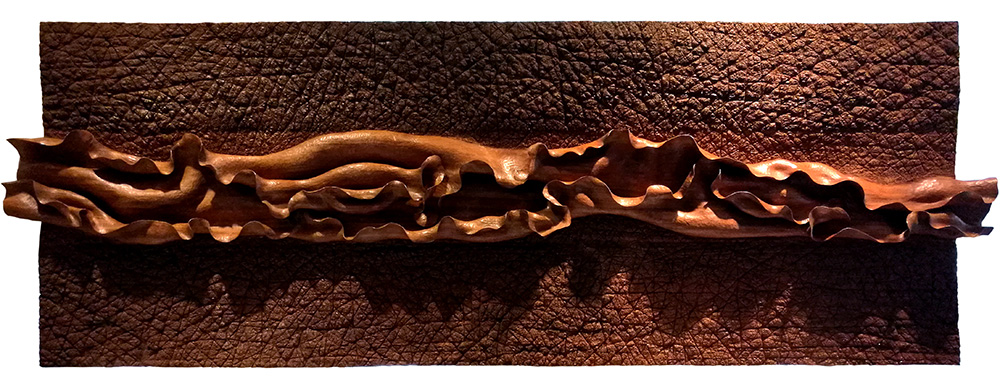
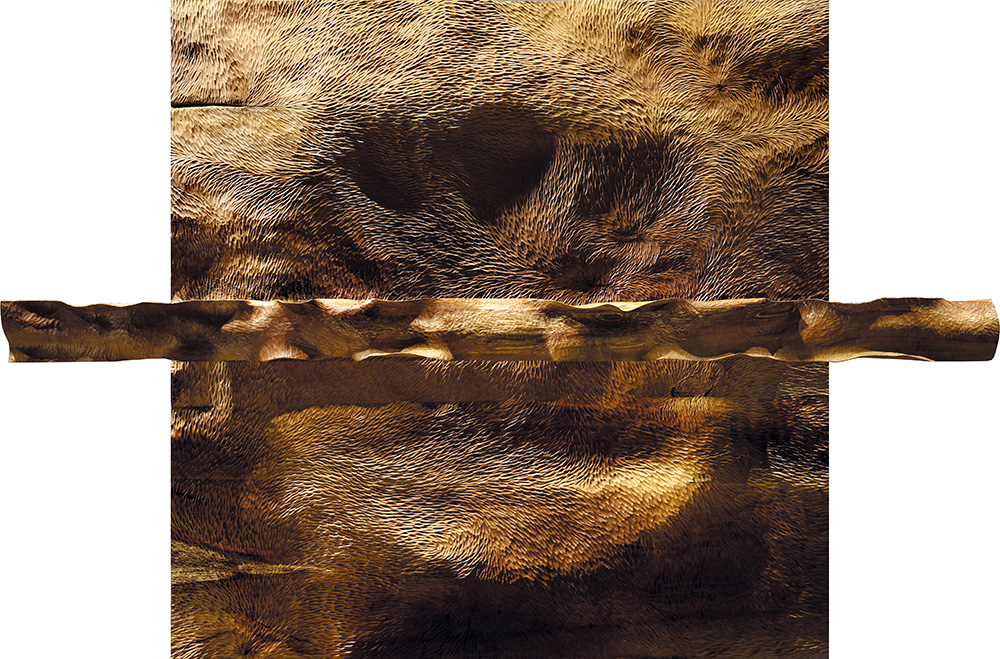
My life’s many experiences have sculpted my works. Every scratch, every curve and every unintended pause has contributed greatly to my creative narrative. The subject matter is derived from my own journey and is attached to the earth in its portrayal of the meaning of life after life.
– Zhou Ning
